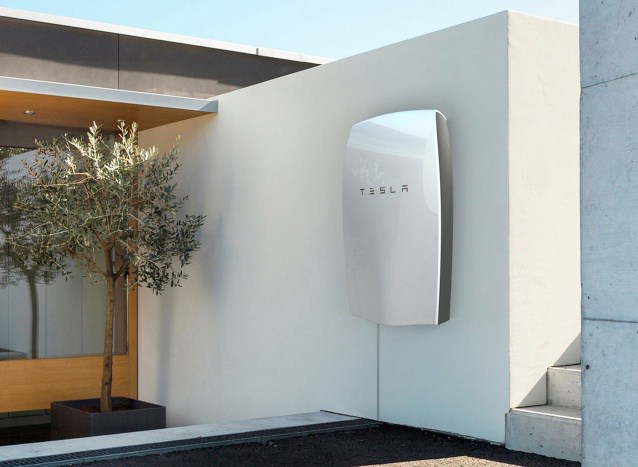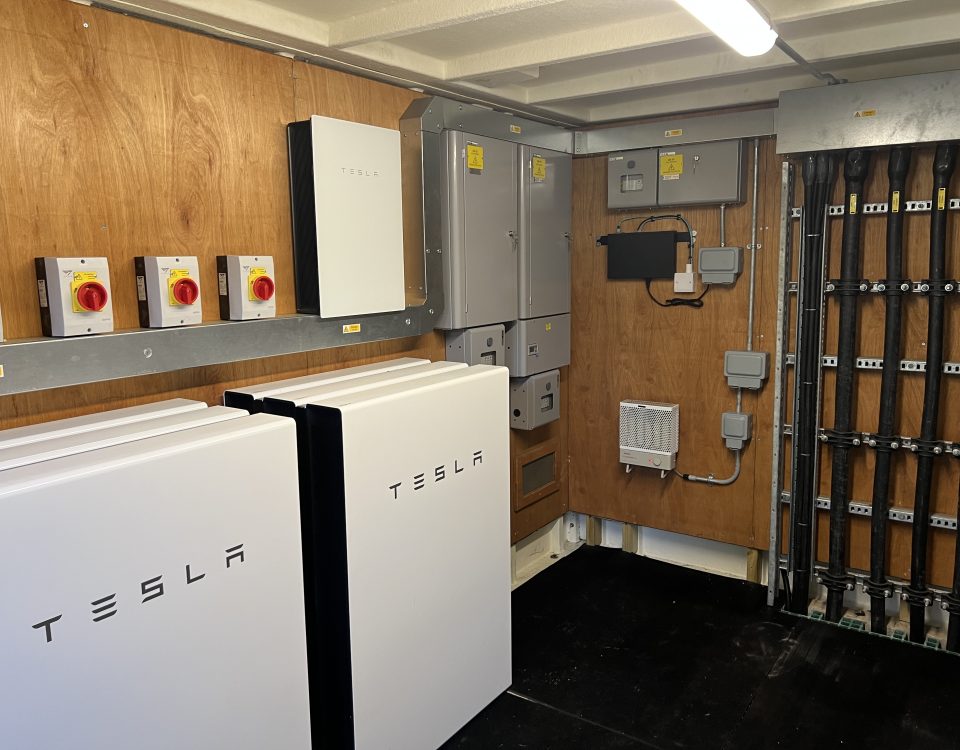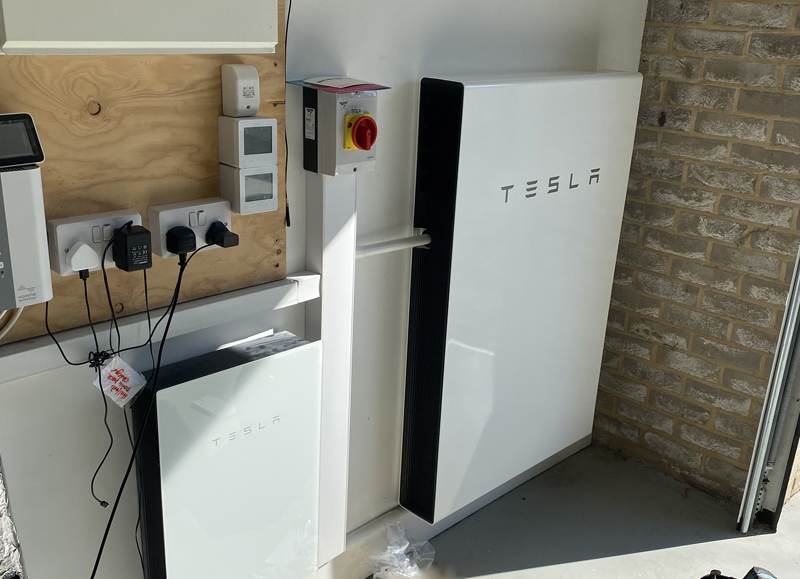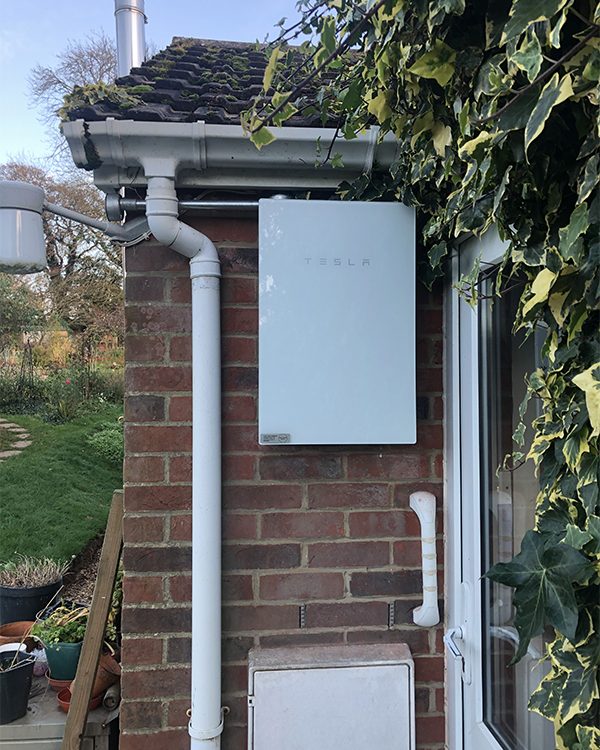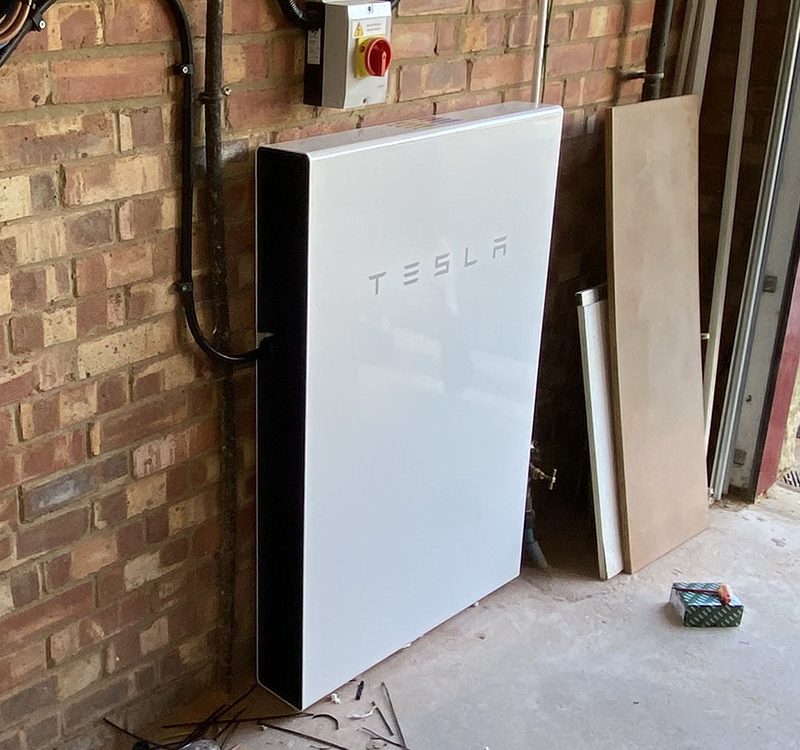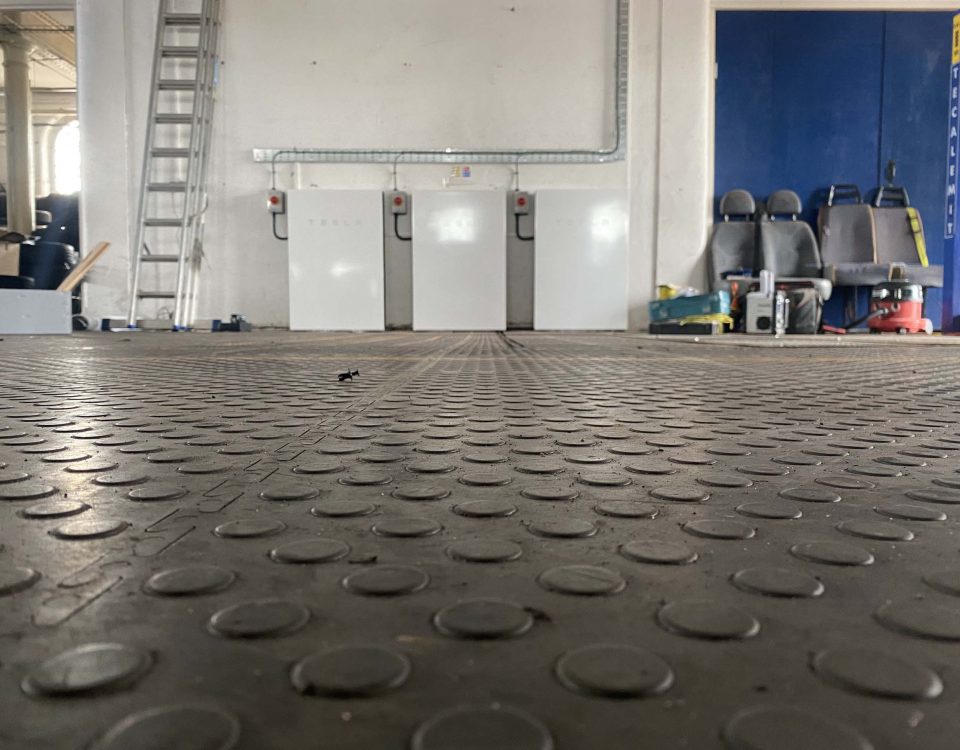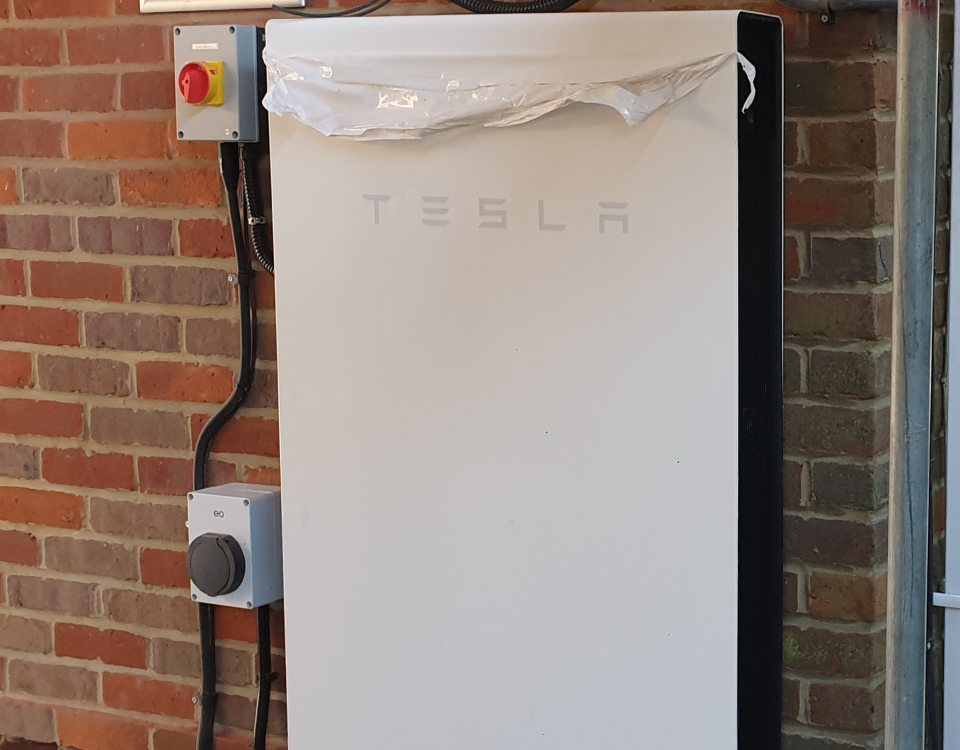


Energy storage is the way forward
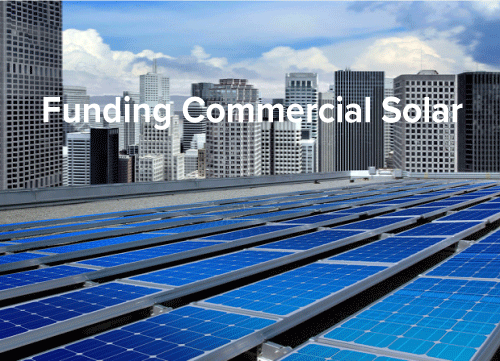


The Four Main Sources of Funding for Solar PV Systems
2016 is likely to be a breakthrough year for renewable energy storage technologies, with battery storage predicted to be seen increasingly often in new market models. Many people that have developed solar farms are now reaping the benefits of storage technology by developing large battery storage facilities or “Energy barns”
Batteries are charged in daylight hours by energy generated by solar panel systems. On days where there are many hours of sun, if solar panels continue to generate energy after the battery/batteries are fully charged, surplus energy can then be fed back into the grid. As a result, the owner of the renewable energy system can get pay back for a number of services.
In summer months, businesses or homes can generate enough solar energy to run for as many as 3 weeks without the need for national grid energy resources. In winter months, where there are fewer hours of daylight and fewer sunny days, batteries can then use national grid energy to recharge batteries when it’s not possible to create renewable energy.
Off the grid
Energy barns can be linked up to generators, meaning that it is possible for homes or business premises to operate completely independently from the national grid. With continuing developments in technology, it’s likely that we will see an increasing number of homes and businesses operating independently.
Battery storage is an ideal solution for providing an independent energy source in more remote parts of the world where grid infrastructures are poor at best, or even completely non-existent. Battery storage allows people to benefit from power that they would not have otherwise.
Hybrid energy solutions
It is not only grid and solar energy that can be used to charge batteries. For locations with poor energy infrastructures, a range of other renewable energy solutions can also be applied, for example, wind and tidal energy. In many cases, more than one energy source can be combined to generate energy for storage; when solar energy can’t be created, energy can still be generated from wind, or in coastal areas, by the tides.
By combining more than one means of renewable energy generation to charge batteries, the potential benefits are much bigger. When excess energy is generated, it can be exported to the grid, or even allow for complete independence from the grid. As technology develops, the ability to be completely self-sustainable will likely be much more cost effective.
To learn more about how battery storage works and could benefit you, you can call Empower Energy today on 01425 461 461 or email info@empowerenergy.co.uk.
